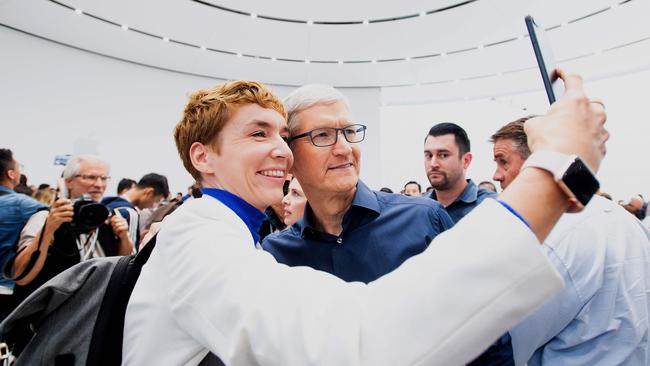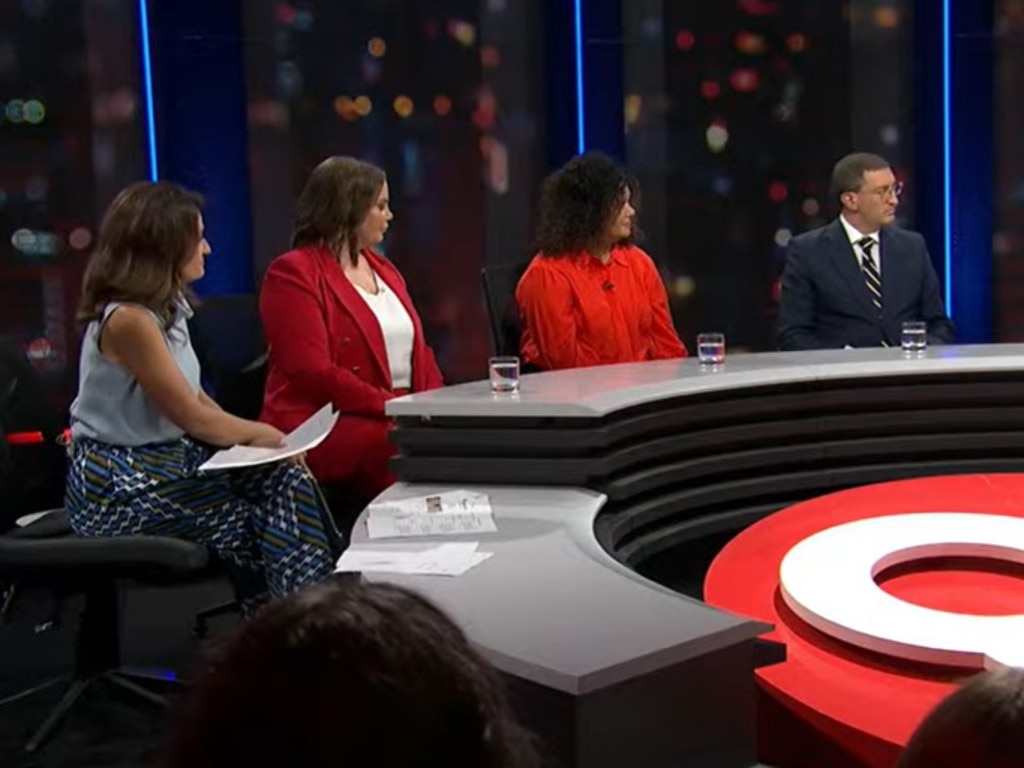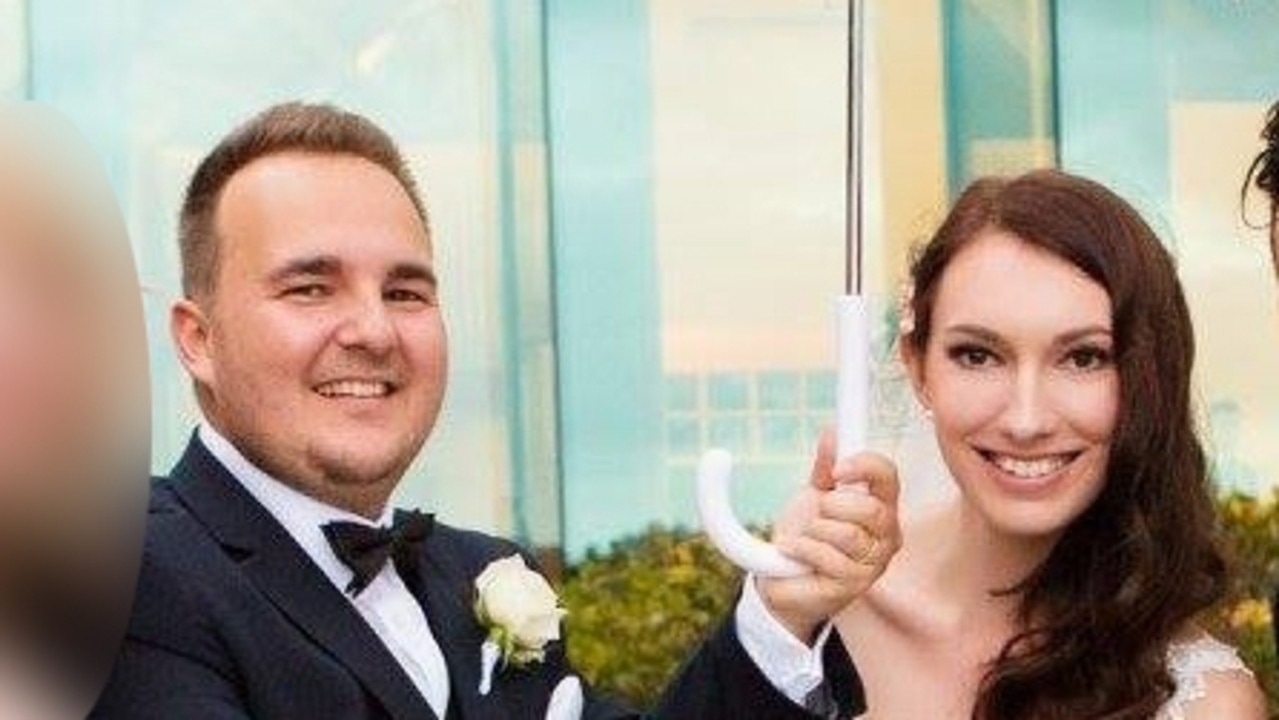Journalists blurring lines on social media platforms by sharing too much information
Reporters are increasingly opening up their private lives on social media but experts say it’s important boundaries are set to avoid potential workplace issues.

Business
Don't miss out on the headlines from Business. Followed categories will be added to My News.
Journalists are increasingly blurring the lines on their social media accounts, sharing posts of work and pleasure with their thousands of followers, but an online expert has warned it could come at a price.
While it’s common for journalists to have social media accounts, including X, Instagram, Facebook and TikTok, Swinburne University of Technology associate professor Diana Bossio, from the media and communications department, said reporters should think through what they chose to post online, particularly non-related work posts.
“There are social media policies that enforce what they do share if they are blurring the lines between their personal and professional feeds,” she said.
“They do tend to have a commonsense approach, you wouldn’t share anything that would get you in trouble at work.”
Professor Bossio has done extensive research into journalists who use Instagram both professionally and personally.
In 2021, Professor Bossio wrote the paper “Journalists on Instagram: Presenting Professional Identity and Role on Image-Focused Social Media”.
Journalists sharing their personal lives online has become ubiquitous, particularly via Instagram, with many showcasing their attendance at events, parties, concerts, holidays and important milestones.

Professor Bossio said television journalists were more likely to share their private lives than those who work in other forms of media, including print.
“I’ve seen posts of attendance at events – Taylor Swift for example – events that have nothing to do with the news and journalists are more and more starting to share that,” she said.
“TV journalists who do that are blurring a lot more than your traditional text-based news reporters, but that isn’t to say that journalists don’t think really carefully about what they are sharing.
“Of course, all communication has boundaries.”
A spokesman for Seven said employees must abide by social media guidelines at all times.
“Seven employees are required to adhere to our social media and impartiality guidelines and are expected to seek approval from their direct reporting manager,” he said.
“Our people must declare any commercial partnerships in advance and any potential conflict of interest must be immediately disclosed,” he said.
Rival network, Nine, said staff were regularly given training to ensure reporters used social media appropriately.
“We have well defined policies and regular training modules regarding appropriate and responsible use of social media for our people,” a Nine spokesman said.
In Professor Bossio’s research paper of the Instagram accounts used in the study, 40 per cent of posts from reporters were behind the scenes, including working in a studio or out in the field.
This was followed by 29 per cent of posts that showcased images of a journalist’s life outside of work, including photos at home, with family and pets or taking part in activities that had nothing to do with journalism.
“Many of the journalists interviewed suggested images they posted were used as part of self-branding practices that they had developed by using social media over time to promote themselves, their work and their organisation,” the report said.
The report also found that the most common social media posts outside work included “aesthetically pleasing” or “aspirational” photos, including photos of luxury cars, holidays or “glamorous images” of a journalist at special events or wearing fashionable clothing.
Originally published as Journalists blurring lines on social media platforms by sharing too much information





